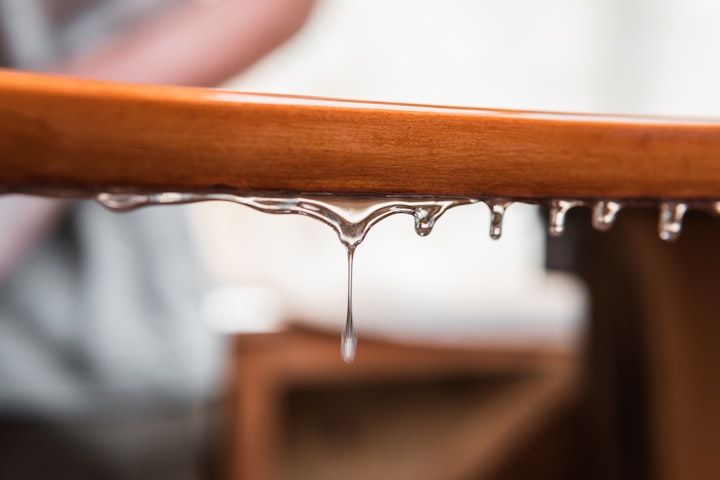
Hobby of year, RESIN 2021!
Honestly, I hoped on this tread before I even realized it was trending. It was shortly after I started when I saw one person after another posting about resin and then I realized that it is a growing trend and would be difficult to compete in originality.
January 2021, I would see posts on TikTok about resin dominos and I’m like “I need to try this” and book like two days and few Amazon orders later I am attempting to make resin dominos on my own with literally NO knowledge of the process.
Here are some tips I have learned and experimented with that have gotten me through beginners frustration to “hey, I think I know what I am doing!”
1. Amazon is going to be your best friend!
I have orders ALL of my molds from Amazon, and the resin too. It gets to you in two days and it’s good quality! I would recommend buying the Let’s Resin brand. Not that it’s any better than the other brand Amazon sells, but they have a wide variety of molds, tools, etc, in their Amazon store. No more scrolling through countless items.

2. Start out small and experiment
Start with an 8oz bottle of resin and hardener and experiment with the process and the different types of resin. Yes, there are different types of resin. It’s not a one and done. I went through three brand before I found the one I liked for what I make. Along with jewelry, I make coasters, pencil holders, chess boards and pieces, and tic tax toe boards to name a few. These are bigger molds that recommend using table-too resin. I do also make jewelry with the same resin, and yes it does would, but I am also having to work out the micro bubbles from small molds. More on that later.
3. Heat guns and Lighters
Heat will also be your friend, but not too much. Remember when I mentioned bubbles? Well, heat helps the bubbles to rise to the surface where you can pop them with a tooth pick or they will pop on their own. Will my bigger projects, I use a heat gun to blow on the resin to pop the micro bubbles that have formed from the pour. On my smaller projects, like earrings, chess pieces, or coasters, I use a lighter (the ones for grilling, not the smokers’ ones) and hold the flame against the edge of the mold. Now, most molds will be silicone. If it is not silicone, do not; I repeat, DO NOT use the lighter that close. Silicone doesn’t melt easily so it can withstand that eminent heat.

4. Patience is a virtue.
I am a very patient person, but I am also a very savvy and frugal person. The money that has been saved to invest in materials to make products to sell for a profit should be spent and used wisely in my eyes. Which is another reason why I say Amazon is your best friend, because you can return items and get your money back to spend on other items you will use. If you've done your research, you will have discovered that resin "soft cures" within 12 hours which allows you to demold it and fully cures within 24 to 48 hours. I'll be honest, I knew this much when going into it, but I also had the idea of figuring out a way to make this process quicker. Here's a little tip for y'all while you're making your resin crafts: turn on your oven to the lowest setting. Mine goes down to 170 degrees, but don't go lower than 150. Use an oven safe baking try that you don't mind getting resin on and back your crafts in their silicone molds for 10-15 minutes depending on the size of your piece. I would do 15 minutes at minimum to be sure. They will be hot when they come out. let them sit for another 20 minutes or so before removing from the mold. Be careful during this part, although it is technically cured, it is still soft. it will take another few hours for it to fully harden.
Another tip, before baking, let you resin sit in the mold for about 10 minutes to let the remaining micro bubbles surface and then pop them with the heat gun, lighter or toothpick. Since baking them will cure it quicker it will so leave holes in your pieces if you do not let the bubbles surface. I also run a tooth pick around the inside creases of the mold with the resin inside to help those bubbles stuck in the corner to surface as well. Those are the hardest to get with the lighter and heat gun because of how tucked away they can be. A downside to using a baking technique is that if you fill your molds slightly more than just up to the brim, in the baking process it may overflow leaving tags that need to be trimmed and filed. I usually keep a pair or two of scissors on hand to be able to cut any access resin off from the accessible areas and file it down to its original shape. This isn't the best solution for ALL projects because it can leave your piece looking uneven or less sleek, but it worked for quick fixes.

5. Bubbles
Okay, I've talked a lot about bubbles and how to remove them from your liquid stages of the resin; but you might ask:
"How do we get them out of a cured project?"
What an excellent question.
This process is completely and totally up to the crafter (that's you!). If you end up finding those micro bubbles have houses themself at the bottom/surface of your piece there are a couple options you have.
1. Sand and polish
- Start with a coarse grit and work your way down to a fine grit. If you’re working with thin pieces, this is not recommended. If you have bubbles in your thin pieces such as beads, earring studs, chess pieces then it might be worth it to remake and use the lighter or heat gun a little longer.
2. Add a thin layer of clear resin
- This works best for flat pieces such as coasters or chess boards. Most resins are self leveling so using a small amount of resin and spreading it out with a silicone scraper or spatula will help make a little go a long way. Don’t use too much that it over flows, unless you want it to, but also don’t use so little that it won’t cover the surface area.
3. Embrace the bubbles
- Sometimes the bubbles add the the character of your piece. Some of my Keychains I keep the bubbles because it doesn’t hurt the practicality of the item or it doesn’t look bad. Most of the time I will use a finger nail file to file down the edges of the holes so it won’t scratch accidentally and then spray with some water to rinse off any resin duct.

I hope this helps all those crafters out there who want to learn more about resin. Now, these techiniques are ones I’ve learned in my 4 months of working with resin; they may not work for everyone.
Tips are much appreciated! More tips and tricks coming soon! Give this article a like if this information was helpful!
Thank y’all!
About the Creator
Sara Aulds
I am a photographer and videographer from Cincinnati, Ohio. I write as a hobby and capture reality as a profession.






Comments
There are no comments for this story
Be the first to respond and start the conversation.